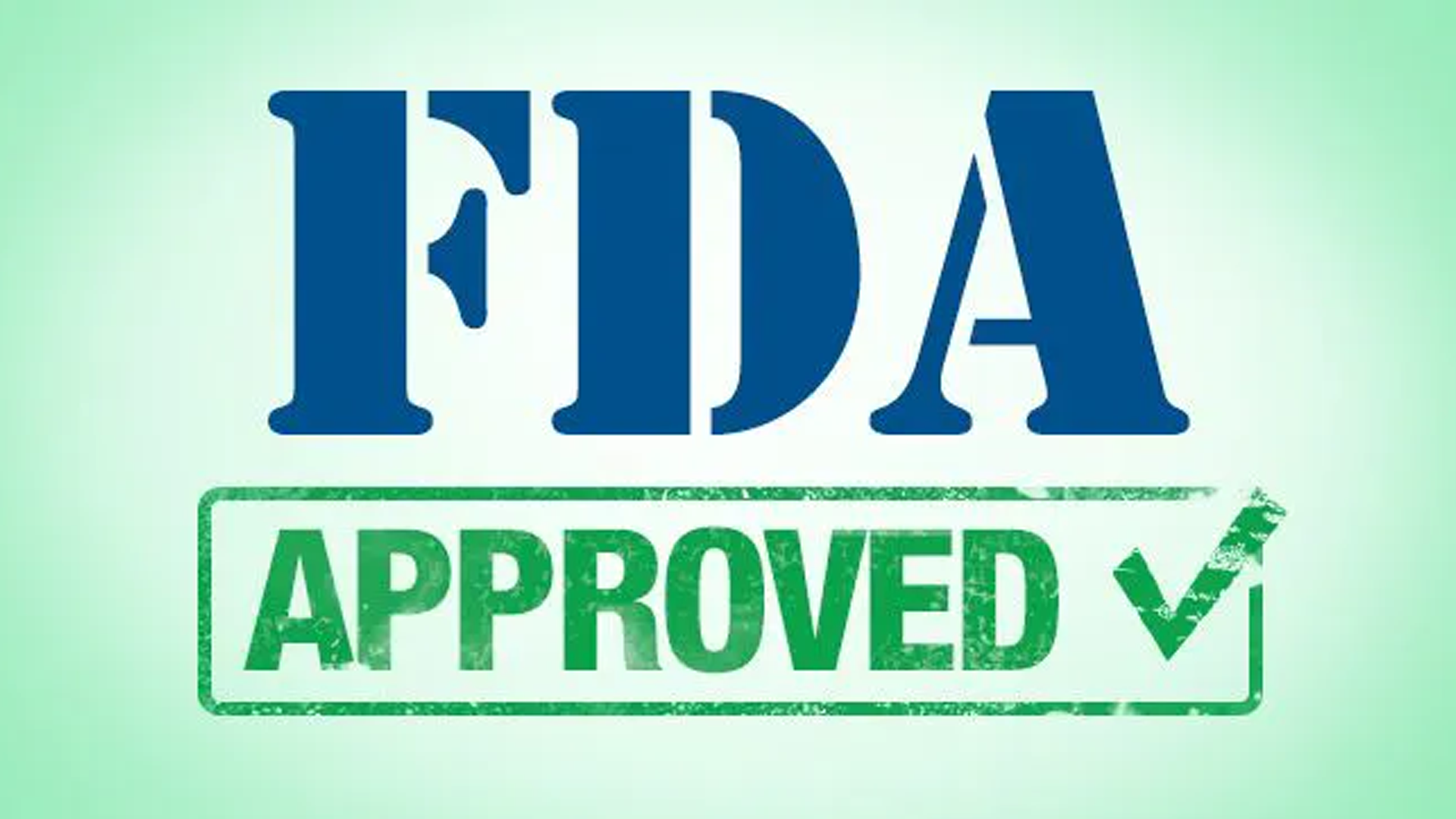Subcutaneous Daratumumab Plus VRd Receives FDA Approval for Multiple Myeloma
Darzalex Faspro plus VRd was approved by the FDA for induction and consolidation in newly diagnosed multiple myeloma eligible for ASCT.
Subcutaneous Daratumumab Plus VRd Receives FDA Approval for Multiple Myeloma

Daratumumab and hyaluronidase-fihj (Darzalex Faspro) was approved by the FDA in combination with bortezomib (Velcade), lenalidomide (Revlimid), and dexamethasone (Darzalex Faspro-VRd) for induction and consolidation in patients with newly diagnosed multiple myeloma who are considered eligible for autologous stem cell transplant (ASCT).1
The decision is supported by findings from the phase 3 PERSEUS trial (NCT03710603), in which the Darzalex Faspro-VRd regimen (n = 355) significantly improved progression-free survival (PFS) vs VRd alone (n = 354), with a hazard ratio of 0.40 (95% CI, 0.29-0.57; P < .0001). The median PFS was not yet reached in either treatment arm.
Regarding safety, the most common toxicities experienced by 20% or more of patients who received Darzalex Faspro-VRd included peripheral neuropathy, fatigue, edema, pyrexia, upper respiratory infection, constipation, diarrhea, musculoskeletal pain, insomnia, and rash.
The phase 3 PERSEUS trial enrolled patients between 18 and 70 years of age with newly diagnosed multiple myeloma who were eligible for ASCT. An ECOG performance status of 0 to 2 was required.2
Patients were randomly assigned 1:1 to the D-VRd and VRd arms, where treatment was given in 28-day cycles. Patients in both arms underwent ASCT at the end of induction therapy. In the experimental arm, 4 cycles of induction therapy consisted of 1800 mg of subcutaneous daratumumab given once weekly in cycles 1 and 2, then once every 2 weeks in cycles 3 and 4; 1.3 mg/m2 of subcutaneous bortezomib on days 1, 4, 8, and 11 of each cycle; 25 mg of oral lenalidomide per day on days 1 to 21 of each cycle; and 40 mg of oral or intravenous dexamethasone on days 1 to 4 and 9 to 12 of each cycle. Two cycles of consolidation therapy included 1800 mg of daratumumab once every 2 weeks plus the same dosing regimen of VRd. During maintenance, 1800 mg of daratumumab was given once every 4 weeks in combination with 10 mg of lenalidomide per day.
The primary end point was PFS. Key secondary end points were a complete response or better and minimal residual disease (MRD)–negative status.
Findings from the trial, which had previously been published in the New England Journal of Medicine with a median follow-up of 47.5 months demonstrated that the estimated 18-month PFS rate was 84.3% in the D-VRd group and 67.7% in the VRd group. Regarding response the percentage of patients with a complete response or better was higher in the D-VRd group than in the VRd group at 87.9% vs 70.1%, respectively (P <.001). More patients in the experimental arm also experienced MRD negativity compared with those in the VRd arm, at 75.2% vs 47.5%, respectively (P <.001).
Additional findings presented at the 2024 ASCO Annual Meeting showed that 47.3% of patients treated in the D-VRd arm (n = 355) experienced MRD negativity at a 10-6 sensitivity for 12 months or more compared with 18.6% of patients in the VRd arm (n = 354). At a 10-5 sensitivity, these rates were 64.8% and 29.7%, respectively. Additionally, MRD negativity at a 10-6 sensitivity was sustained for at least 18 months in 42.0% of patients given D-VRd vs 15.0% of those treated with VRd. At a 10-5 sensitivity, these respective rates were 59.4% and 25.1%.3
References
- FDA approves daratumumab and hyaluronidase-fihj with bortezomib, lenalidomide, and dexamethasone for multiple myeloma. FDA. July 30, 2024. Accessed July 30, 2024. https://www.fda.gov/drugs/resources-information-approved-drugs/fda-approves-daratumumab-and-hyaluronidase-fihj-bortezomib-lenalidomide-and-dexamethasone-multiple
- Sonneveld P, Dimopoulos MA, Boccadoro M, et al. Daratumumab, bortezomib, lenalidomide, and dexamethasone for multiple myeloma. N Engl J Med. 2024;390(4):301-313. doi:10.1056/NEJMoa2312054
- Rodriguez-Otero P, Moreau P, Dimopoulos MA, et al. Daratumumab (DARA) + bortezomib/lenalidomide/dexamethasone (VRd) in transplant-eligible (TE) patients (pts) with newly diagnosed multiple myeloma (NDMM): Analysis of minimal residual disease (MRD) in the PERSEUS trial. J Clin Oncol. 2024;42(suppl 16):7502. doi:10.1200/JCO.2024.42.16_suppl.7502


